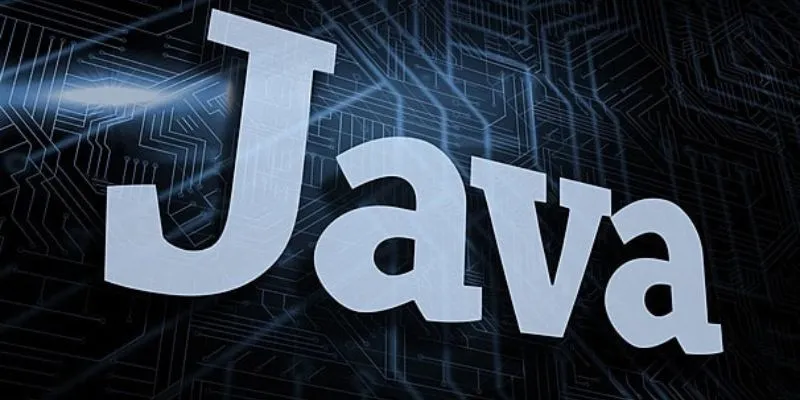
Handling exceptions is an important part of building strong and reliable Java applications. Even with careful planning, things like invalid user input, missing files, or network problems can happen while a program is running. If these issues are not handled well, they might cause the program to crash, lose data, or frustrate users. That’s why learning how to manage exceptions is a key skill for Java developers who want to create easily maintained, secure, and less likely to fail.
In Java, exceptions are events that interrupt how a program normally runs. There are three main types, such as checked exceptions, unchecked exceptions, and errors. Checked exceptions are found when you compile your code and must be handled directly. Unchecked exceptions happen while the program is running and do not have to be handled. Errors are serious problems in the Java system, like running out of memory, and usually should not be caught in regular programs. If you join a Java Course in Gurgaon at FITA Academy, you can get hands-on experience with these exception types and learn how to manage them in real projects.
1. Handling Exceptions Precisely
One of the fundamental principles of effective exception handling is targeting specific exceptions rather than using a broad approach. Handling specific exceptions allows developers to respond appropriately to each unique scenario. For instance, handling a network failure differently from a data format error ensures that the application can recover gracefully without compromising stability. This practice also helps maintain clear, readable code that is easier to debug and maintain.
2. Ensuring Resource Management
Proper management of resources such as files, database connections, and network sockets is crucial in Java programs. When exceptions occur, these resources may not be released properly, leading to memory leaks or system instability. Effective exception handling ensures that resources are cleaned up correctly, either through structured approaches or built-in mechanisms provided by Java. This improves application reliability and reduces the risk of performance issues over time. Developers can gain hands-on experience in managing such scenarios by enrolling in a Java Course in Ahmedabad, learning how to build robust and high-performing Java applications.
3. Propagating Exceptions Appropriately
Sometimes, a method cannot handle a specific exception internally and needs to pass it on to higher-level components. This approach, known as exception propagation, allows the application to manage errors at the most appropriate level. By delegating responsibility for handling certain exceptions, Developers are able to separate issues neatly and ensure consistent error handling throughout the application.
4. Creating Custom Exceptions
While Java provides many built-in exceptions, creating custom exceptions tailored to an application’s needs can make error handling more meaningful and informative. Custom exceptions allow developers to define precise conditions under which an error occurs and communicate these conditions clearly to other parts of the program. This practice not only improves code clarity but also aids in troubleshooting and maintaining large-scale applications.
5. Best Practices for Exception Handling
- Catch Specific Exceptions: Avoid handling generic exceptions unless absolutely necessary. This allows for more precise error management and reduces the risk of masking underlying issues. Learners can master these best practices by joining a Java Course in Cochin, gaining practical skills to write clean and reliable Java code.
- Avoid Empty Exception Blocks: Silently ignoring exceptions can lead to hidden bugs and unstable applications. Always provide meaningful handling or logging.
- Implement Logging: Logging exceptions using frameworks or built-in mechanisms helps track issues, analyze patterns, and resolve problems faster.
- Prevent Predictable Errors: Exceptions should be reserved for unexpected scenarios. Validate inputs and conditions proactively to minimize runtime exceptions.
- Use Structured Cleanup: Ensure all resources are properly released after use, even if an exception occurs, to maintain application stability.
6. Leveraging Modern Java Practices
Modern Java offers several features that simplify exception management and enhance code safety. By adhering to structured approaches and utilizing language features that automate resource cleanup and error propagation, Developers are able to produce applications that are effective and resilient. This reduces the likelihood of runtime failures and enhances the software’s overall reliability.
7. Using Try-With-Resources for Cleaner Code
Java 7 introduced the try-with-resources construct, which simplifies resource management and ensures automatic cleanup. This feature allows developers to work with resources such as files, streams, and database connections without worrying about manually closing them. Learners can master this technique by enrolling in a Java Course in Jaipur, gaining practical skills to write clean and efficient Java programs. By using this approach, applications become less prone to resource leaks, and the code is cleaner and easier to maintain. Leveraging try-with-resources not only reduces boilerplate code but also enhances the stability of Java programs.
8. Centralized Exception Handling
In large-scale applications, handling exceptions individually in every method can lead to cluttered code and inconsistent error management. Centralized exception handling provides a structured way to manage errors across the entire application. This approach often involves creating global exception handlers or dedicated error management modules that can process exceptions uniformly, log them, and provide meaningful feedback to users. Centralized handling improves maintainability and ensures that all exceptions are dealt with in a consistent manner.
Handling exceptions well is essential for any Java developer. Learning about different types of exceptions, managing resources, and using features like try-with-resources helps you write reliable and easy-to-maintain code. If you are new to programming, getting hands-on experience is important. The Java Course in Trivandrum offers practical training, real projects, and expert support to help you build strong skills and create dependable Java applications.
